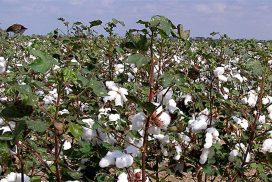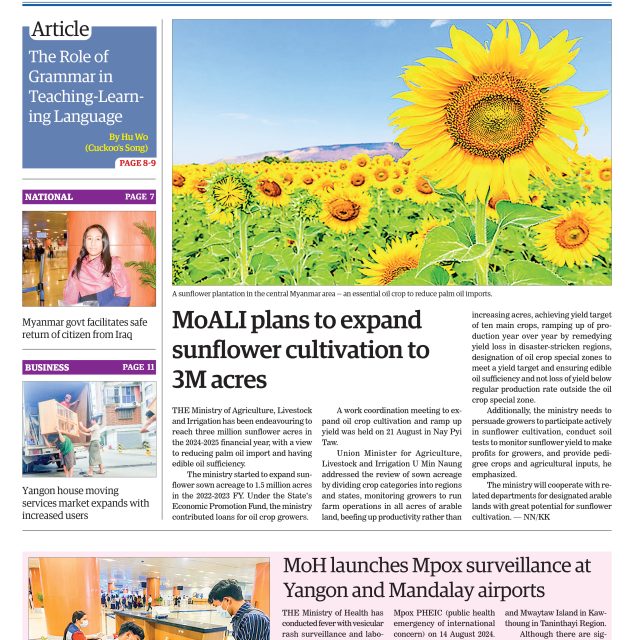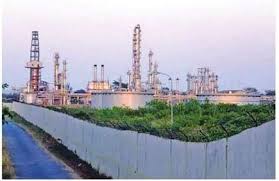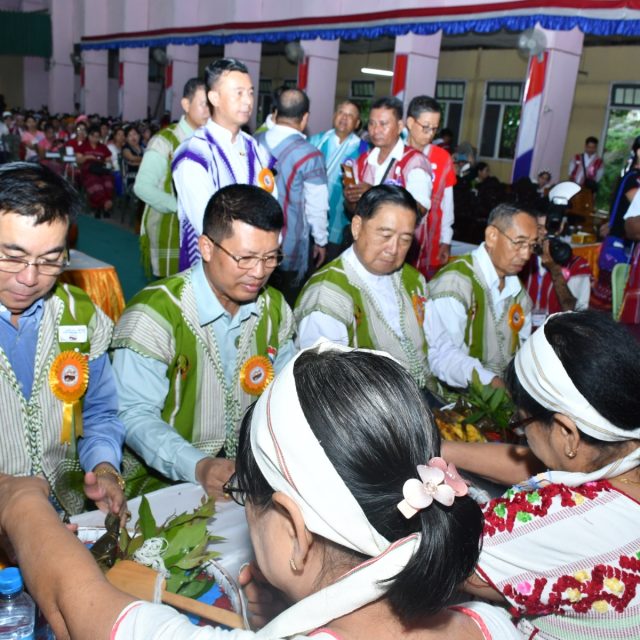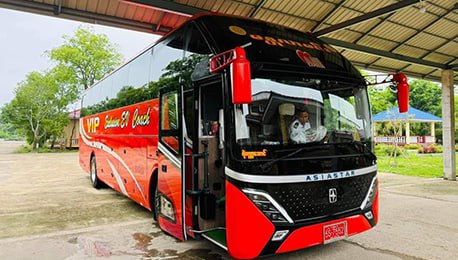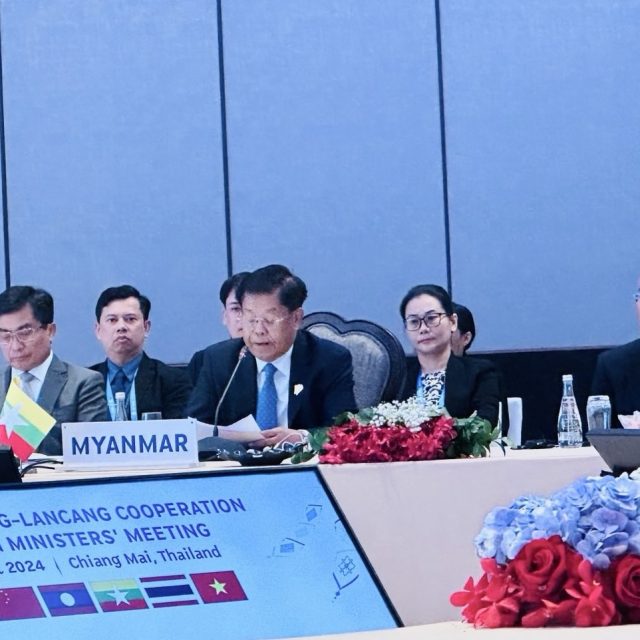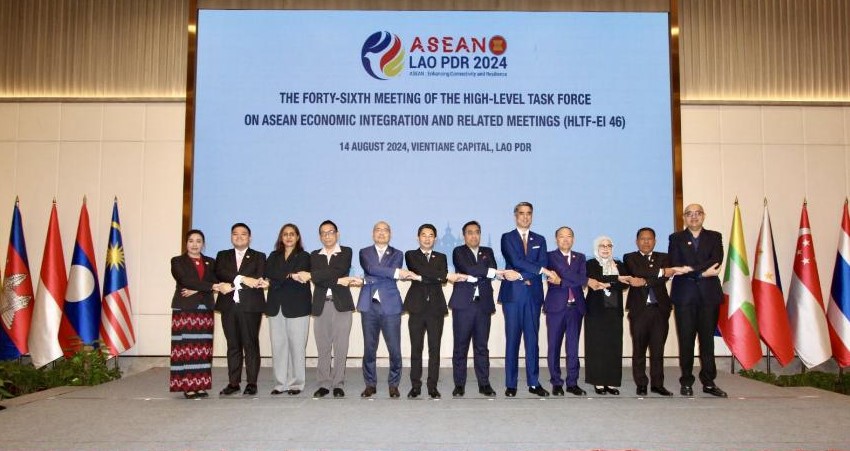The dry regions of Myanmar, particularly the Anya region, are well-suited for cotton cultivation, a livelihood for many in Mandalay, Sagaing, and Magway. Cotton has long been integral to the country’s textile industry, with its use dating back to the Pyu era. Currently, 80 per cent of Myanmar’s cotton is used in textile production, 15 per cent in home decorations, and the remaining 5 per cent in various absorbent materials and utensils.
Traditionally, Myanmar’s farmers focused on growing short-staple cotton, but since 1962, the cultivation of long-staple cotton has increased significantly. In the 2022-2023 financial year, 537,312 acres were dedicated to cotton cultivation, predominantly for lengthy staple varieties. The government has initiated a project spanning from 2022-23 to 2025-26, focusing on cotton cultivation in designated zones across the Nay Pyi Taw Council Area, Sagaing, Mandalay and Bago regions, and Shan State.
To bolster the cotton sector and improve the socioeconomic status of farmers, the government is urging the cultivation of 700,000 acres of cotton. This move aims to revive the industry to the levels seen in the 2011-12 financial year, when over 800,000 acres were planted, compared to just 389,000 acres in 2020-21.
That is why emphasis must be placed on leveraging up manufacturing of agriculture and livestock products. In so doing, efforts must be made to boost production of paddy, pulses and beans, cotton and edible oil crops in order to ensure food security. As such, local authorities and farmers need to strive to grow cotton in order to contribute to the production of cotton seed oil and animal feedstuffs.
Key to this revival is the shift towards producing long-staple cotton, which is essential for manufacturing quality wool. Upgrading textile and cotton ginning factories will play a crucial role in reducing the reliance on imported wool and thread, thereby enhancing the cotton value chain within the country.
In addition to improving production processes, there is a need to modernize cotton gins and textile machinery to produce high-quality textiles and personal goods. Local authorities are encouraged to support farmers in establishing cotton-based industries that can capture a larger market share. Furthermore, attracting both local and international investments is vital for the sector’s development.
By focusing on these areas — expanding cotton cultivation, improving the quality of cotton products, and fostering industry growth—Myanmar can achieve tremendous success in its cotton sector, thereby enhancing the livelihoods of its farmers and contributing to the nation’s economic development.
That is why emphasis must be placed on leveraging up manufacturing of agriculture and livestock products. In so doing, efforts must be made to boost production of paddy, pulses and beans, cotton and edible oil crops in order to ensure food security. As such, local authorities and farmers need to strive to grow cotton in order to contribute to the production of cotton seed oil and animal feedstuffs.





